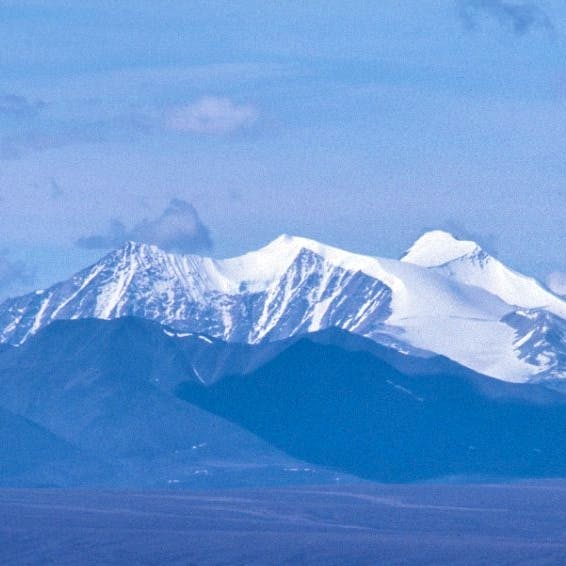Defenders of Wildlife recommends extraordinary measures for protecting bears and communities
ANCHORAGE, Alaska (12/09/2010) -Banking polar bear DNA, supplemental feedings and bear-resistant food storage are among measures that could be key to preserving polar bears for future generations, according to a new report by Defenders of Wildlife. With climate change threatening to push them to the brink of extinction, urgent action is needed to give the polar bears a shot at survival.
The following is a statement from Karla Dutton, Alaska director for Defenders of Wildlife:
“Warming temperatures are devastating key polar bear habitat. The alarming loss of Arctic sea-ice has negative implications for every aspect of the bears’ lives, from hunting seals to raising cubs. Without help, climate change could be the final straw for the animals in Alaska. As the marine bears turn increasingly to land, our response must be quicker and more ambitious than ever.
“In addition to working to reduce greenhouse gas pollution responsible for climate change, Defenders is exploring measures to keep both polar bears and Alaskans safe as the loss of sea-ice forces the marine mammals farther inland. This includes developing polar-bear-resistant food-lockers for Alaska Native communities, and considering supplemental and diversionary feedings of bears to prevent conflict with humans as bears search for food on land. With bold action, we can prevent polar bears from disappearing from U.S. shores.”
The report, Sea Bear Under Siege: Polar Bears and Climate Change in Alaska, offers an extensive list of actions that should be undertaken to assist these Arctic marine animals. Several of these recommendations are particularly relevant now, as the Arctic National Wildlife Refuge -- the most important onshore denning site for polar bears -- celebrates its 50th anniversary and prepares for the future.
Below are some of the actions suggested in Defenders’ new report:
- Initiate or expand prevention and response programs in Arctic coastal communities to keep people and polar bears safe as bears are forced to spend longer periods on land. Prevention programs include community education, bear-resistant food storage and waste disposal procedures and oversight of ecotourism ventures that promote polar bear watching. Response programs include polar bear patrols and rapid- response measures for dealing with bears that come too close and temporary holding facilities and plans for dealing with problem bears. And to help evaluate and prioritize mitigation efforts, establish an international database on interactions between polar bears and people.
- Directly intervene to help polar bears in dire circumstances through efforts such as supplemental feeding of starving bears with the remains of bowhead whales and other subsistence-hunted animals; rescuing malnourished bears, moving them to rehabilitation facilities and eventually relocating them; working with zoos to develop plans for accepting polar bears unable to make it in the wild and to establish polar bear gene banks and captive-breeding programs to preserve the polar bear’s diverse gene pool should climate change claim entire populations.
- Suspend all new Arctic oil and gas development until appropriate measures to protect polar bear populations and their sea-ice habitat are in place. In addition, institute a permanent moratorium on energy exploration and development in the Beaufort and Chukchi seas, and in the Arctic National Wildlife Refuge, the most important onshore denning habitat for Alaskan polar bears.
Read Defenders' new report, Sea Bear Under Siege: Polar Bears and Climate Change in Alaska
Read Defenders’ factsheet on the importance on the Arctic Refuge to dwindling Alaskan polar bear populations
Contact(s):
Defenders of Wildlife is dedicated to the protection of all native animals and plants in their natural communities. With more than 1 million members and activists, Defenders of Wildlife is a leading advocate for innovative solutions to safeguard our wildlife heritage for generations to come. For more information, visit www.defenders.org.
For over 75 years, Defenders of Wildlife has remained dedicated to protecting all native animals and plants in their natural communities. With a nationwide network of nearly 2.1 million members and activists, Defenders of Wildlife is a leading advocate for innovative solutions to safeguard our wildlife for generations to come. To learn more, please visit https://defenders.org/newsroom or follow us on X @Defenders.
News

Defenders Slams Trump Interior Pick Burgum

